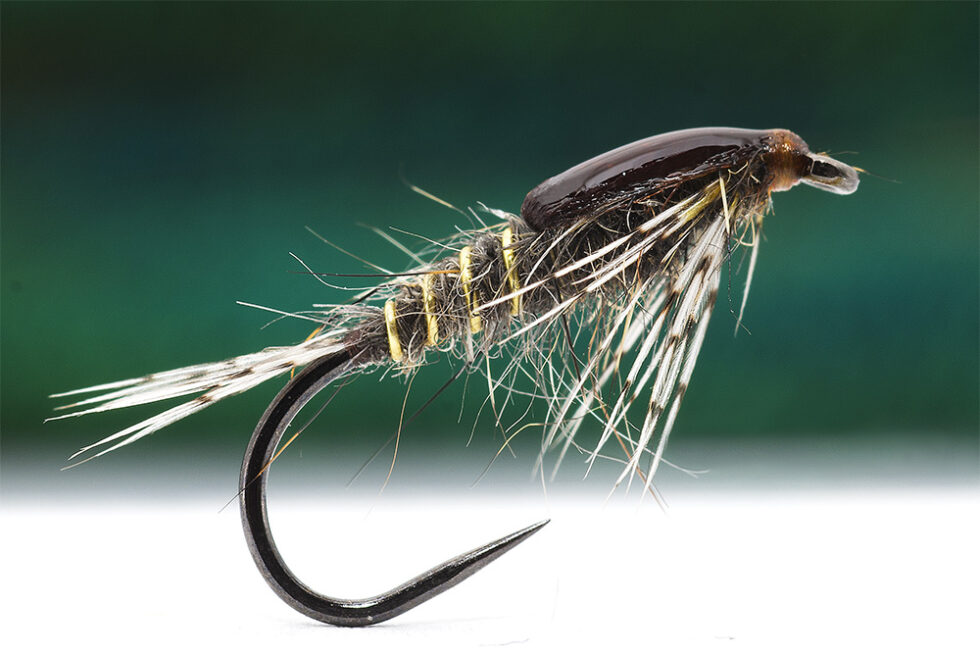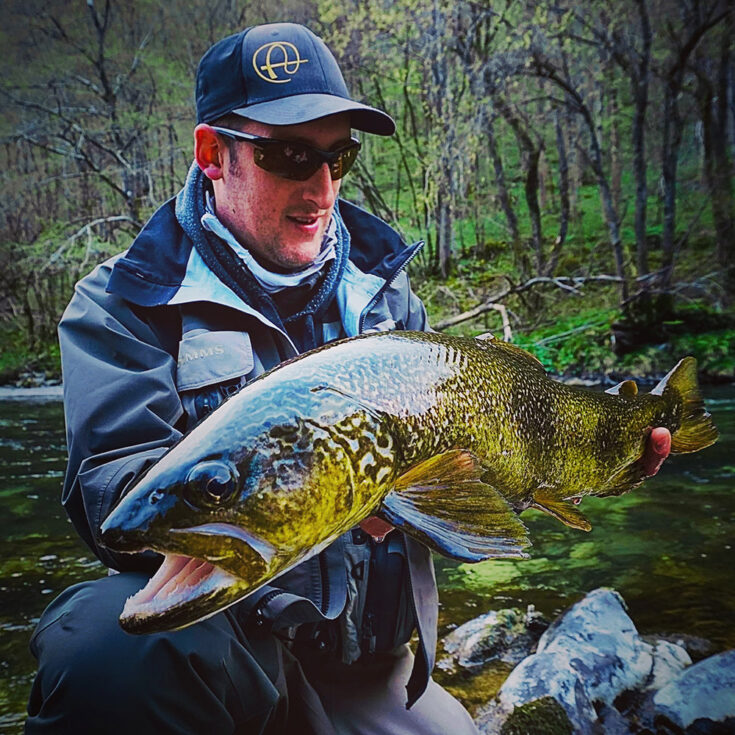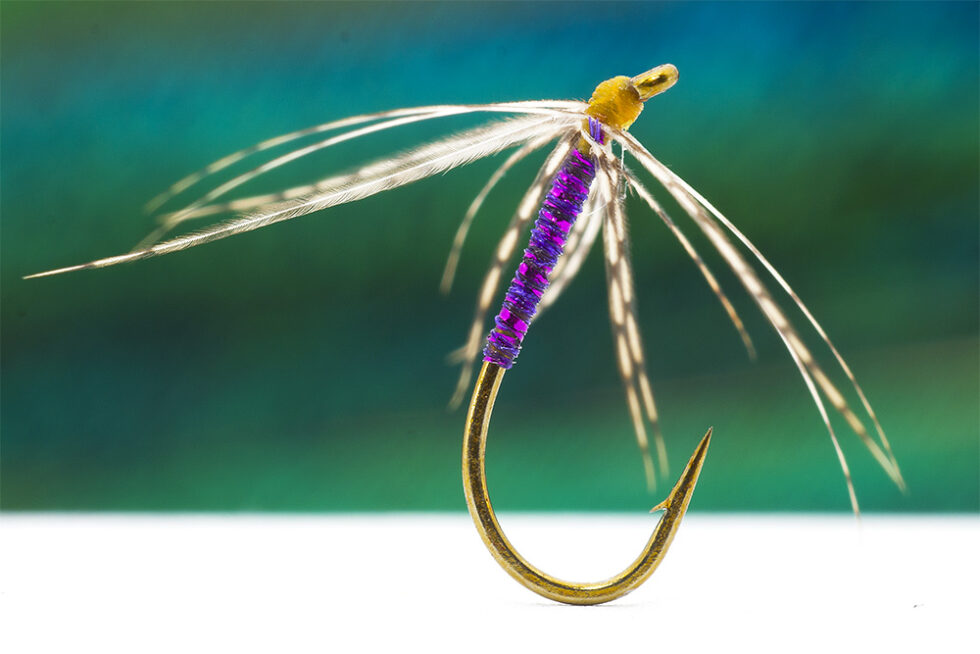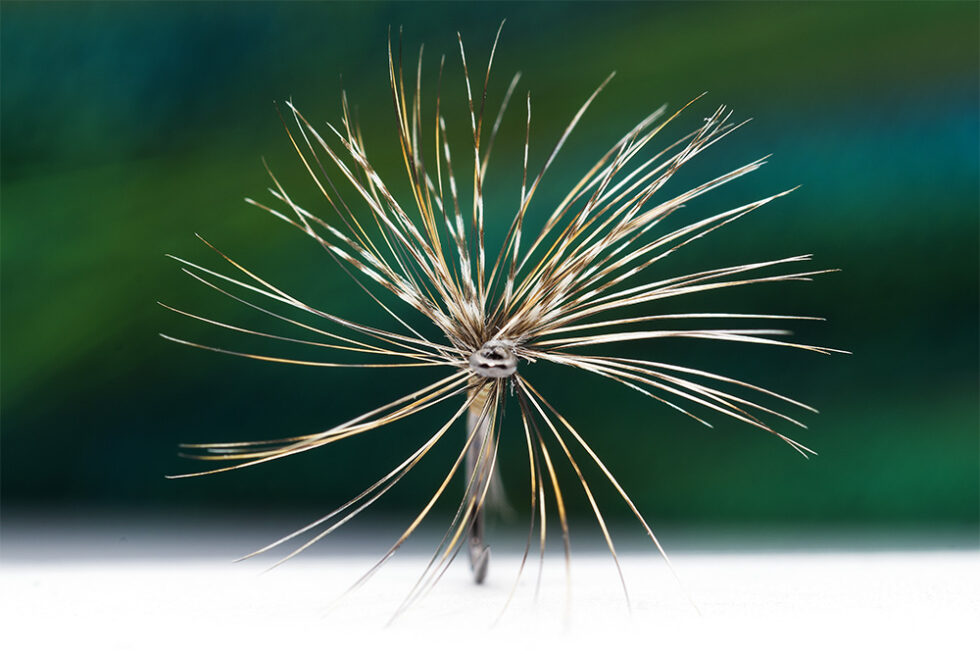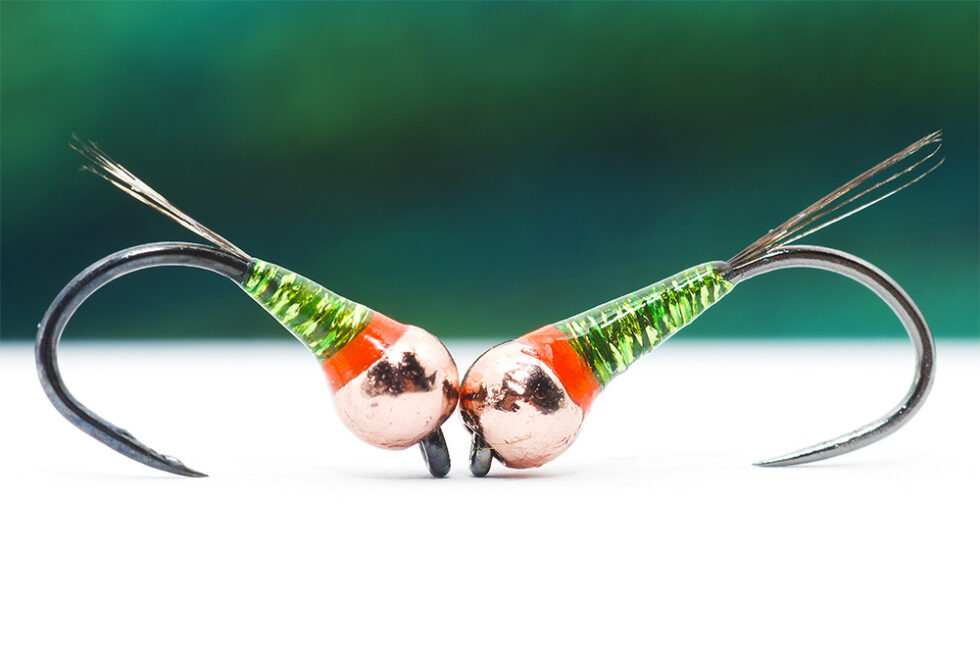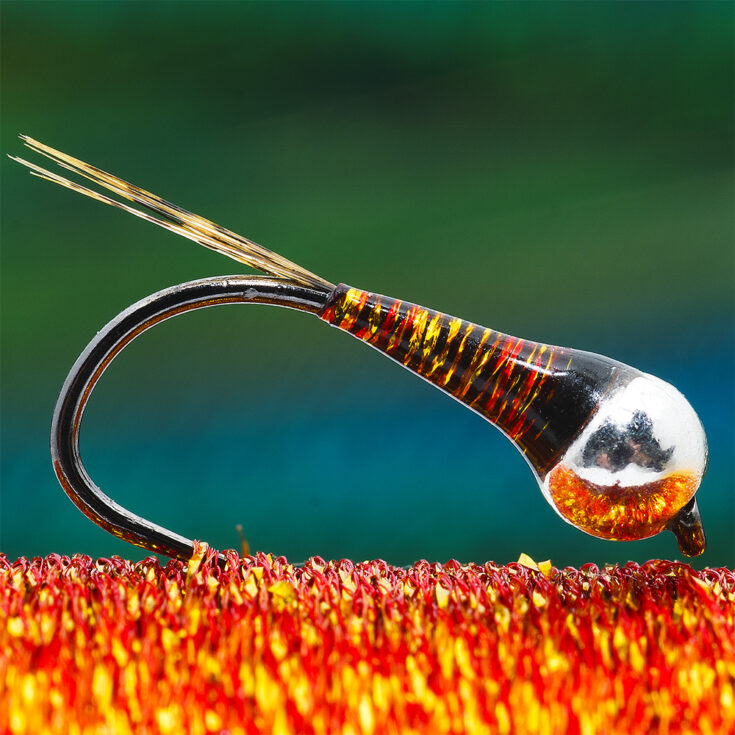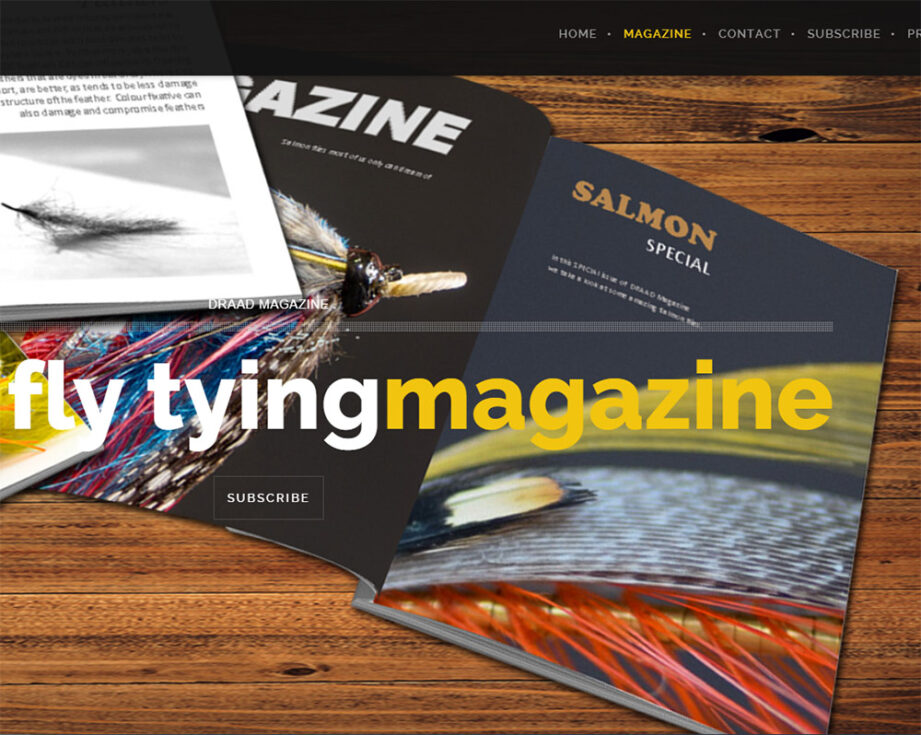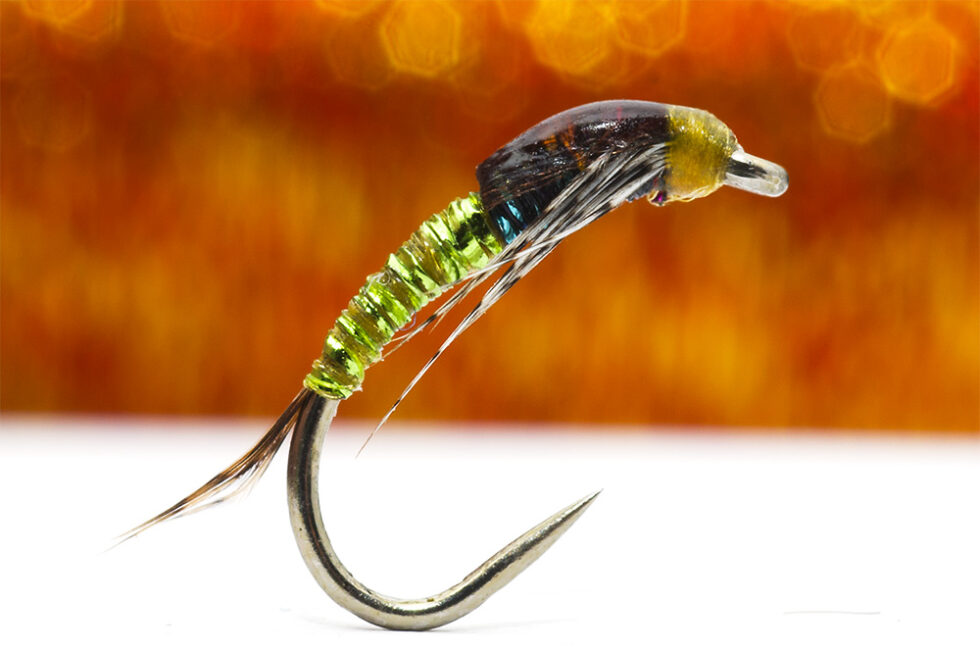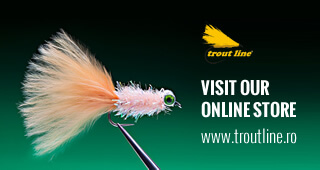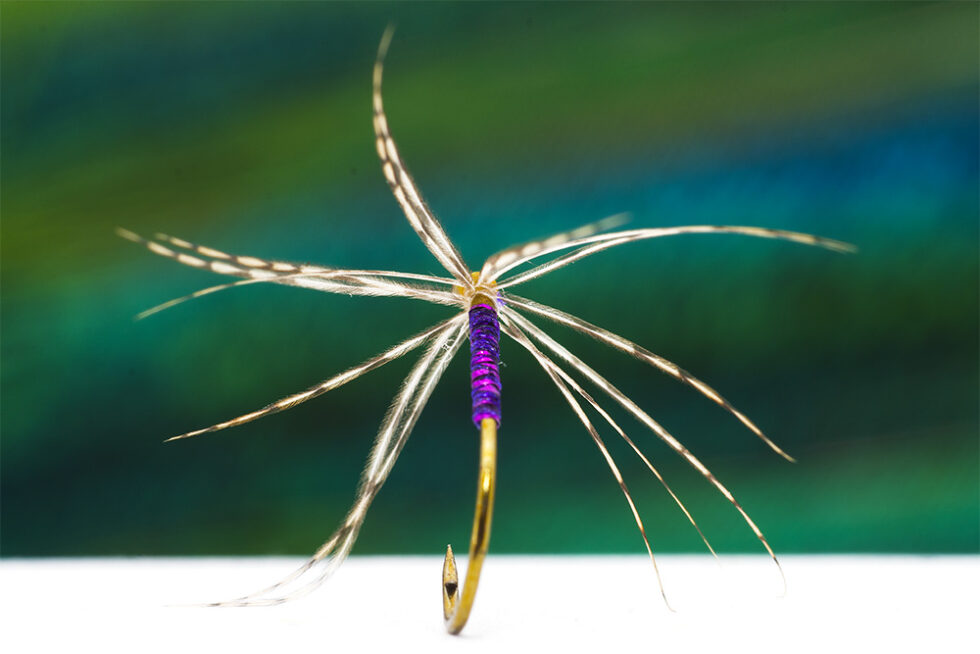
Here's my way of tying a super sparse Purple and Partridge Spider. I use Diamond Body thread (to add more sparkle) for this pattern. I like to make it as sparse as possible because it's designed for fishing in very slow-running waters. If you enjoy classic English-style casting upstream and across, this is the type ...

